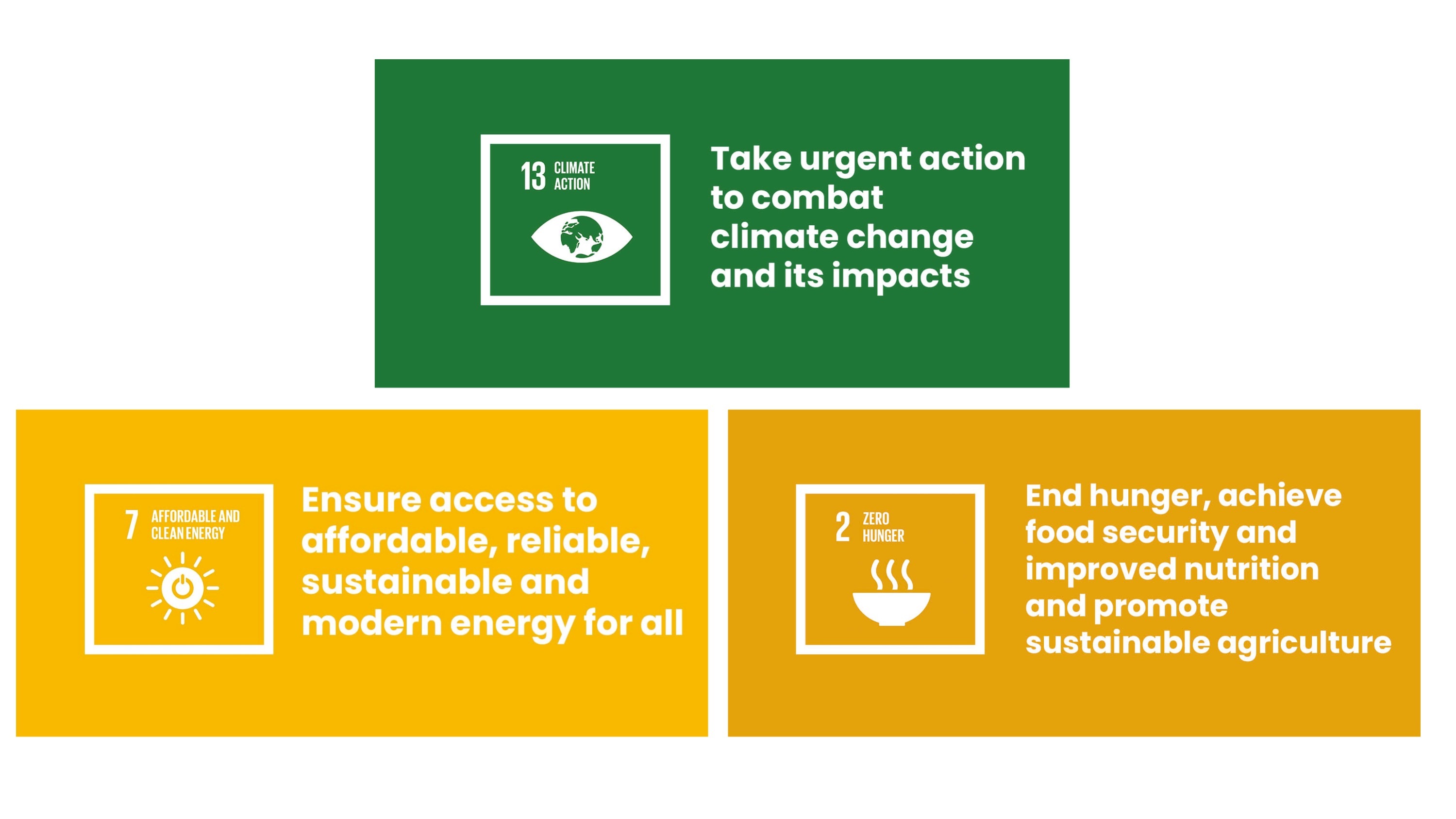Solution
1. Using Drones to Detect Swarms of Desert locust.
First, the drone is directed to the swarm of Desert locusts by receiving a report of the swarm.
2. The computer calculates the path to the point where the molecular robot will be released.
Next, from the drone's location information, we use a computer to derive the optimal path to the point where the molecular robot will be released.
3. The drone guides the locusts while releasing the 4VA.
Desert locusts have a tendency to be attracted to the aggregation pheromone 4VA. We use this property to guide the Desert locust to the target point while the drone emits 4VA.
4. Detection of increased concentration of 4VA and release of Rutin by molecular robot.
By examining the concentration of 4VA in the water droplets attached to the locust, the total concentration of 4VA released from the drone and the locust is examined. When the concentration of 4VA is detected to exceed the concentration of 4VA released from the drone alone, the membrane of the outer liposome and the membrane of the inner liposome containing Rutin fuse with each other and Rutin is released.
5. Stopping the release of Rutin by detecting the increase in Rutin concentration.
The system detects the concentration of Rutin in the water droplet, and if it exceeds a certain level, it stops the membrane fusion between the outer and inner liposomes, thus stopping the release of Rutin.
6. Energy Utilization Method
We thought that in addition to solving the desertification problem, we could also solve other SDGs problems by using the locusts we caught. The following are some of the ways we thought of using the locusts we caught.
1. generate electricity using their body fluids
2. to eat locusts
3. complete combustion
The following is a detailed explanation of each method.
1. Power generation using body fluids
This was inspired by a study using the body fluids of cockroaches, which are also insects.【1】However, in this study, electrodes were connected directly to the cockroach, which is inefficient. Therefore, we thought that we could extract a large amount of body fluid at once by applying a mixer to a large number of locusts and filtering them. We thought that this would contribute to solving SDG Goal 7: Ensure access to affordable, reliable, sustainable and modern energy for all.
2. Using locusts as food
This is a way of using the locusts we catch to make them edible for the local people. We thought that this would contribute to SDG Goal 2: End hunger, achieve food security and improved nutrition, and promote sustainable agriculture.
3. Complete combustion
This is the easiest means of energy utilization to imagine. This is the easiest means of energy use to imagine, and we thought it could contribute to the solution of SDG Goal 7 "Ensure access to affordable, reliable, sustainable and modern energy for all" as well.
Advantages
Finally, we introduce the advantages of this project.
・ Rutin, a poison that is harmless to humans, is used.
・There is less dangerous to humans because the poison is sprayed by machine.
・ Since 4VA and rutin act specifically on locusts, this plan has little impact on the rest of the environment.
・ The poison is sprayed in a group, so it is easy to collect.
・ The amount of 4VA and rutin is adjusted to minimize the number of molecular robots that are triggered.
・ We can choose whether to capture them in a weakened state or let them die.
○Merit of Not Killing Locusts: It is possible to control the behavior of locusts in the laboratory using a large number of locusts.
・ Because 4VA, a pheromone unique to the Sabaktobi locust, is used, there is no concern about its use against humans.
・ Depending on how it is used, there is a possibility of solving other SDG issues such as Goal 2, Goal 7, and Goal 13.
○Goal 13: "Take urgent measures to combat climate change and its impacts" Compared to livestock, Locusts emit fewer greenhouse gases.

Reference
[1]Kan shoji et al., Self-powered Environmental Monitoring Using Insect-Mountable Biofuel Cell, 2016 Meet. Abstr. MA2016-12 3222
